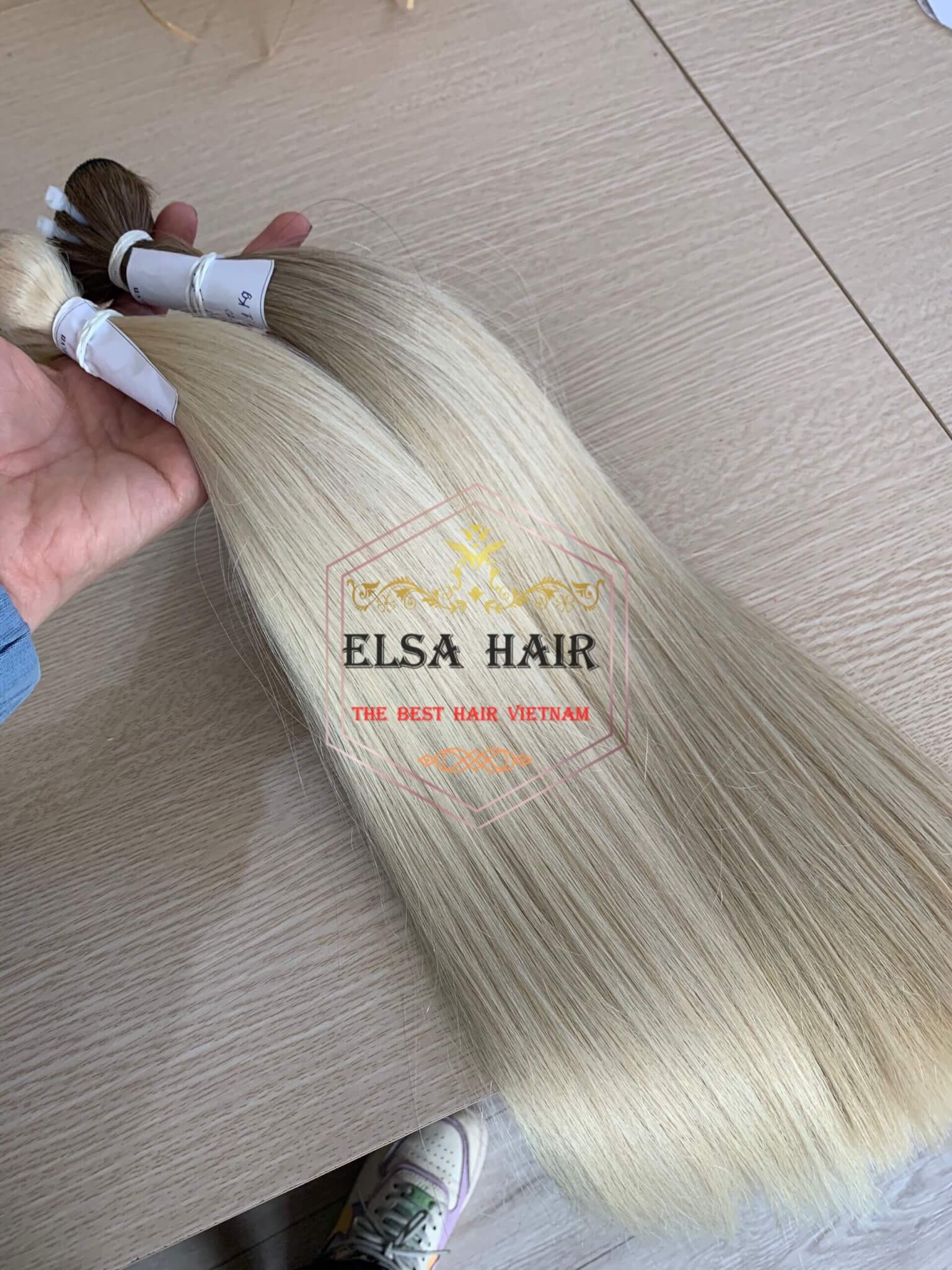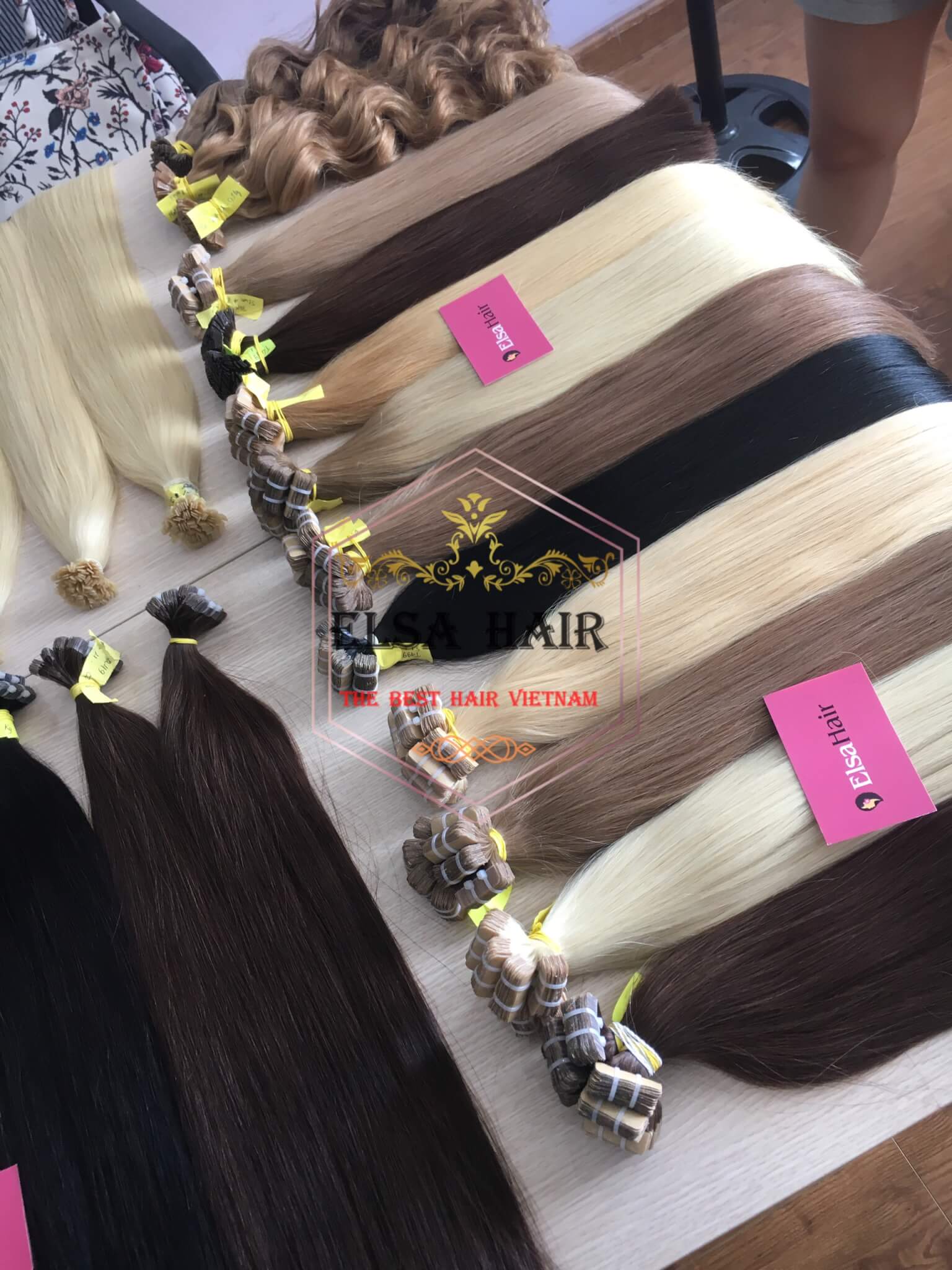Natural hair extensions are made from real human hair collected from donors. They blend seamlessly with your natural hair for a realistic look. However, some fake extensions try to imitate real hair. This article will teach you how to tell them apart.
Examining the Hair Roots and Cuticles

Real natural hair extensions have intact cuticles with root tips at the top. The cuticles overlap like shingles or tiles on a roof to smooth light reflection. Fake extensions often lack cuticles or have cuticles facing all directions. They may also show excessive processing damage from over-bleaching or heating tools.
Identifying Cuticle Damage
Check the extension strands closely with magnification. Real hair has near invisible cuticles laying flat. Acid-treated hair is very smooth with some raised cuticles. Fake fibers like kanekalon have no scale structure under inspection. The ends fray into a fuzzy brush.
Testing Elasticity and Porosity
Natural hair stretches 30–50% its length then rebounds without breakage. Low elasticity hair snaps easily. Porosity measures how well hair absorbs moisture. Real hair readily absorbs water when saturated then slowly releases it. Fake hair repels water entirely.

Using the Water Absorption Test
Place a single strand in a bowl of room temperature clean water. Real hair sinks as moisture penetrates the cortex. Plastic fibers float on top of the water. Quality extensions take 30-60 seconds to become fully soaked then still feel rehydrated after removal. Fake hair stays bone dry.
Examining How the Hair Burns
Natural hair burns slowly with a distinctive odor from the sulphur content. The flame self extinguishes. Synthetic fibers like kanekalon form small beads then melt into a gooey plastic ball that drips as it burns. The smoke smells chemically sweet.
The burn test requires only a single strand. Light it with a flame then blow it out after 5 seconds. Fake hair continues melting and dripping with a black smoke. Real hair stops burning immediately showing an ash tip.
Considering the Source and Certifications
Reputable human hair extension brands source raw materials ethically and transparently. They become certified through organizations like the International Human Hair Association. Ask suppliers about their collection and processing standards. Beware of vague claims like “premium grade” without any paperwork.
Conclusion
Following these tips will help you avoid getting duped by fake natural hair extensions. Examining the tiny details of cuticles, elasticity and burning behaviors makes real vs fake easy to distinguish. When purchasing, be sure to demand ethical sourcing certification from the best brands. With the right knowledge, you can rock beautiful natural hair extensions confidently.









